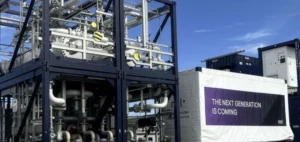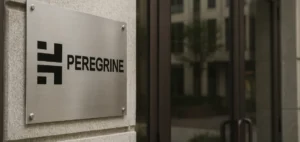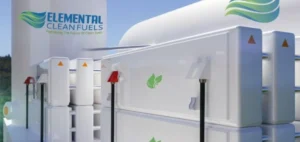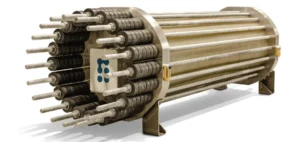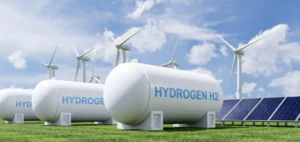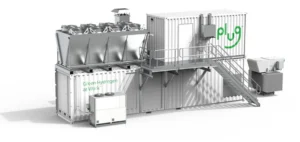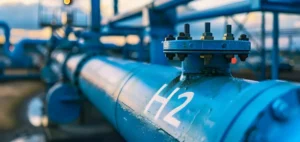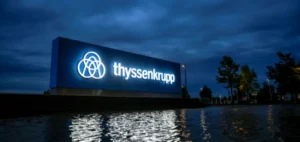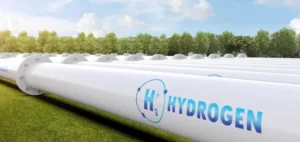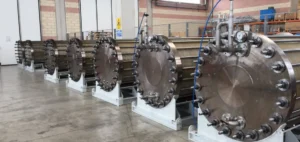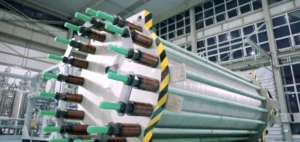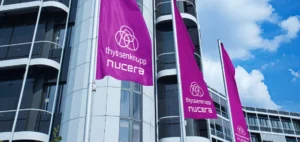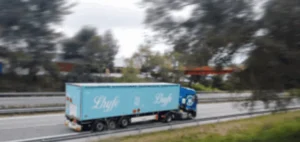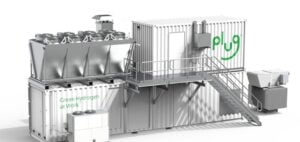The Canadian government is investing $32.7 million in three decarbonization projects in British Columbia. Joyce Murray, Minister of Fisheries, Oceans and the Canadian Coast Guard, Josie Osborne, B.C. Minister of Energy, Mines and Low Carbon Innovation, and Chris O’Riley, President and CEO of BC Hydro, announced the partnership.
A partnership that benefits an entire region
In Vancouver, this investment will support the decarbonization of the Creative Energy district heating plant. The existing gas-fired boilers will be replaced with new electric steam boilers, and a 1.2 km underground power line will be constructed from BC Hydro’s Murrin substation to the Beatty Street powerhouse. Powered by clean energy provided by BC Hydro’s new power grid connection, this initiative will significantly reduce CO2 emissions.
In Princeton, this funding will support the electrification of the mine haul trucks at the Copper Mountain mine with a trolley assist system, as well as the replacement of several diesel water pumps at the mine site with electric pumps. This project will reduce the mine’s CO2 emissions by 9,400 tons per year. Copper is an essential component of electric vehicles and clean energy technologies like wind and solar. The mining sector and the thousands of workers it employs in British Columbia and across the country will play a key role in building Canada’s green economy.
In the Cariboo Regional District, this funding will go towards the complete electrification of all underground mining equipment at the Cariboo Gold Project, a new underground gold mine and mill under development, as well as the connection of an existing substation to BC Hydro’s electrical grid. This investment will reduce the facility’s CO2 emissions by 22,700 tons per year. Once completed, both projects will help the mines switch to cleaner energy sources and reduce emissions.
Key Role of Canada’s Green Infrastructure Component
By investing in infrastructure, the Government of Canada is growing the country’s economy. The Government of Canada is investing $16,350,000 in these projects, while BC Hydro and the project proponents are also contributing $16,350,000. The Government of Canada’s funding comes from the Green Infrastructure Component of the Canada Infrastructure Program.
This component contributes to building greener communities by helping to prepare for climate change, reducing greenhouse gas emissions and supporting renewable technologies. 94 infrastructure projects or clusters of projects have been funded in British Columbia under the Green Infrastructure Component, with a total federal contribution of over $517 million and a total provincial contribution of almost $261 million.



